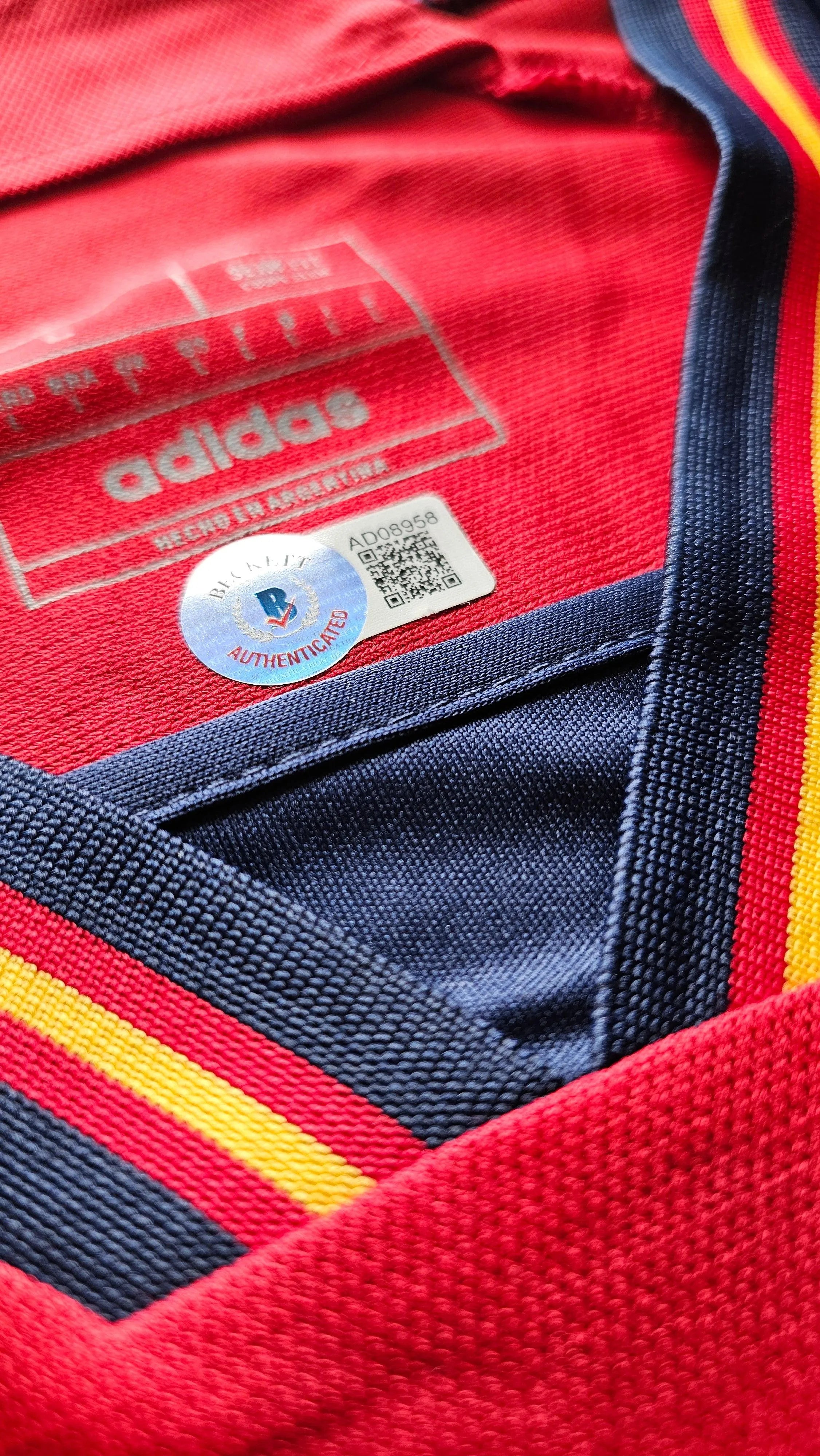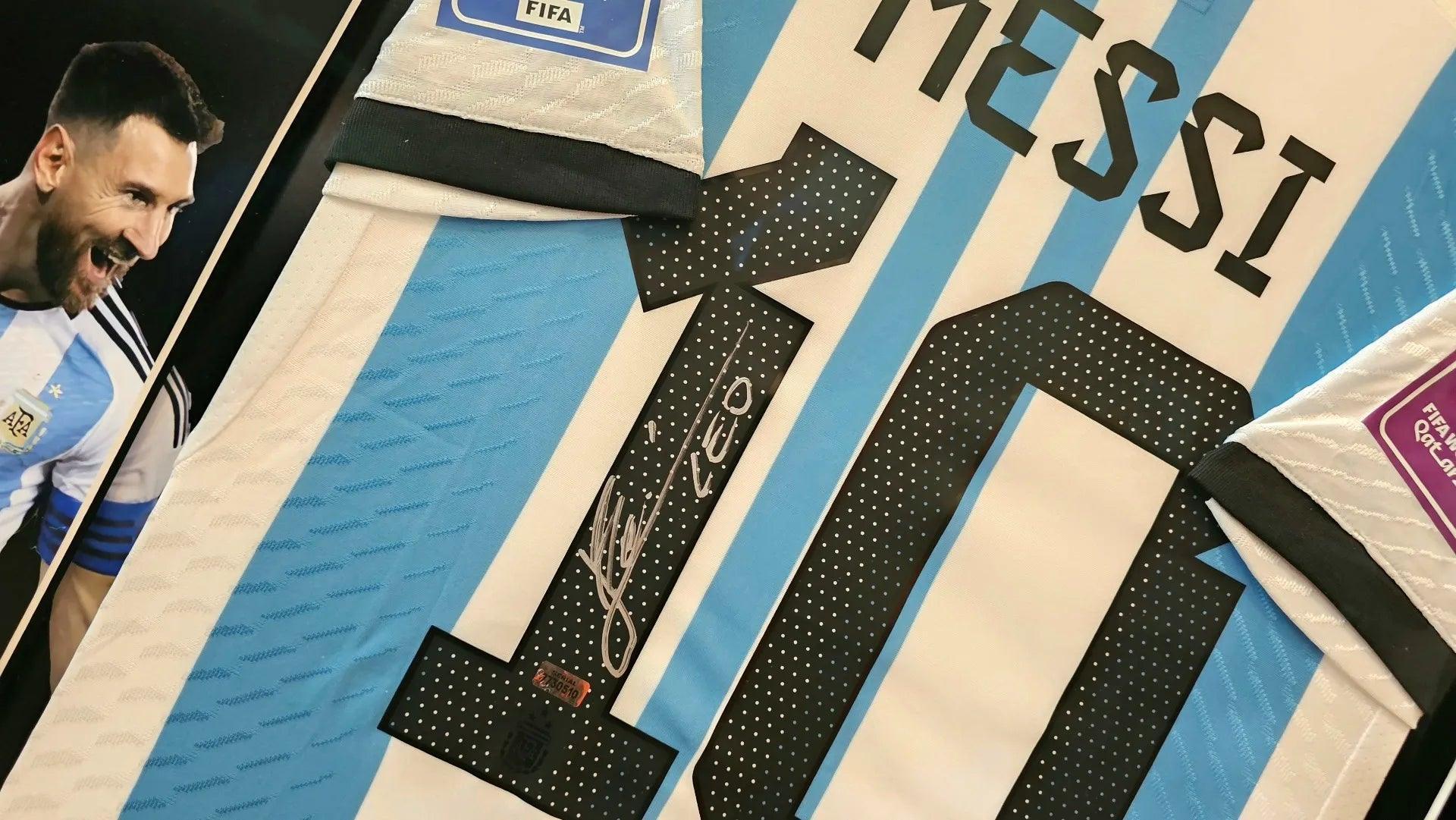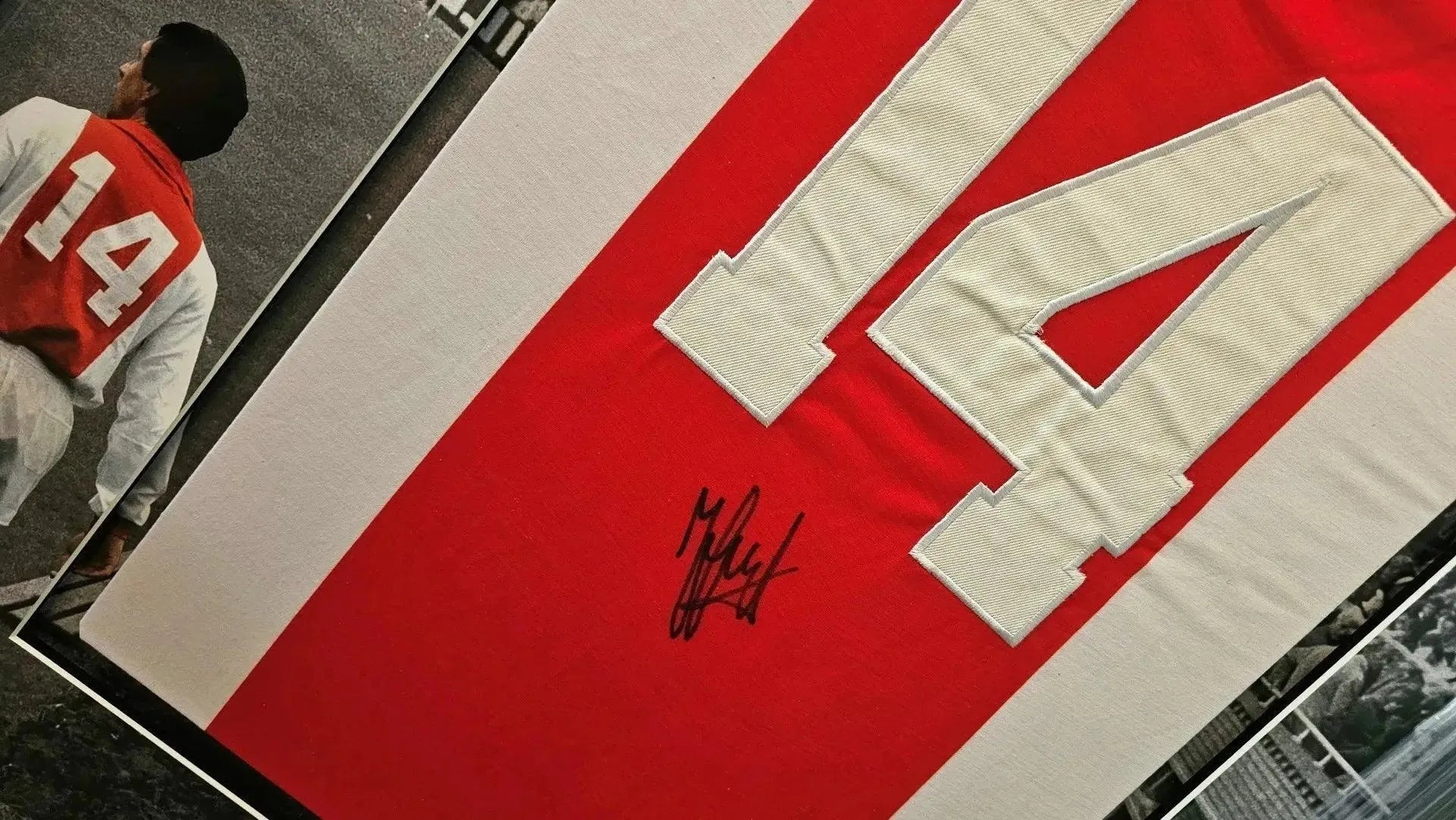Sport Club Internacional, Porto Alegre, play in Série A and collectors know the club for a century-long identity that began on 4 April 1909, founded as a democratic institution. Established on that date, 1909 anchors the club story, rooted in Porto Alegre and active today in Série A, with a proud home at Estádio Beira-Rio. The membership side of the club is vast and its history feeds collectors at Walkouts, who look for verified signatures and rare retail runs.
On the pitch Internacional built honours across eras, including domestic crowns in the 1970s and standout continental success in the 2000s. The club has claimed 3 Brazilian league titles among other trophies, and it is also a club with two Copa Libertadores titles to its name, landmark wins that changed its global profile, notably the 2006 Libertadores and the club world final that followed against Barcelona.
The riverside Estádio Beira-Rio was one of the venues for the 2014 World Cup and remains central to provenance stories, where match reports, seating charts and stadium photography help trace match-worn provenance. Collectors value shirts tied to specific match venues, final cities such as Abu Dhabi for continental returns, and the stadium alias itself when cataloguing framed shirts for display.
Supporters known as Colorados and the fierce Grenal derby with Grêmio produce shirts with distinct provenance, from derby-worn jerseys to season-long motifs. The club’s fanbase, membership model and local identity mean region-specific runs and player-issue variants are common; club crests have been updated at key moments, which matters to collectors tracking print runs and patch variants.
Anniversary and commemorative releases are a focal point for collectors. Post-1970 centenary and reopening releases carry visible differences in crest and trim and are often issued in limited numbers, which is why centenary and reopening shirts are chased by archivists and fans. Early retail runs and region-limited releases can surface with production variations that command attention when verifying signatures and print sequences.
For collectors the magnet seasons are clear: the 2009 Centenary releases and the watershed campaigns are prime examples, with shirts from the 2006 double season particularly sought after because they link Libertadores success to the Club World Cup triumph. Signed fanshop shirts, not only match-worn pieces, are actively collected, with early retail runs, player-issue variants and region-specific editions specifically noted in provenance discussions, and exact photo proof is commonly requested by buyers.
The practical collector notes are straightforward, attestations such as white away shirt variants tied to Libertadores knockout wins are frequently listed, and many items are accompanied by a COA in sales descriptions. Final provenance checks often reference the 2006 Copa Libertadores campaign and the 2010 Libertadores return together, which helps place signatures and match links for display and framing; Walkouts lists both centenary and Libertadores season pieces for careful comparison.




